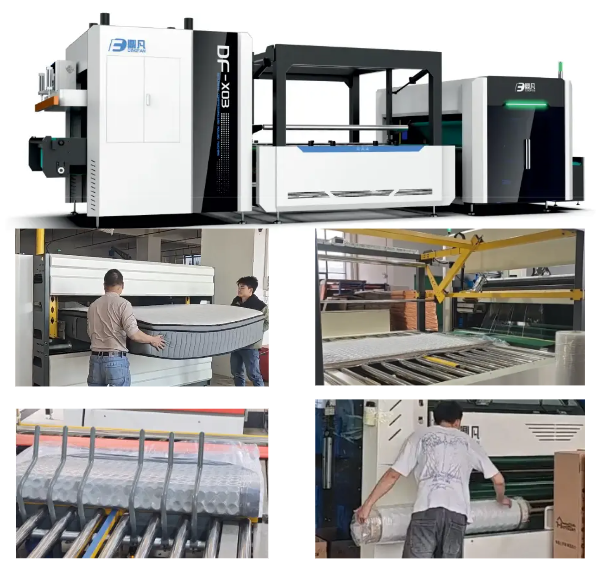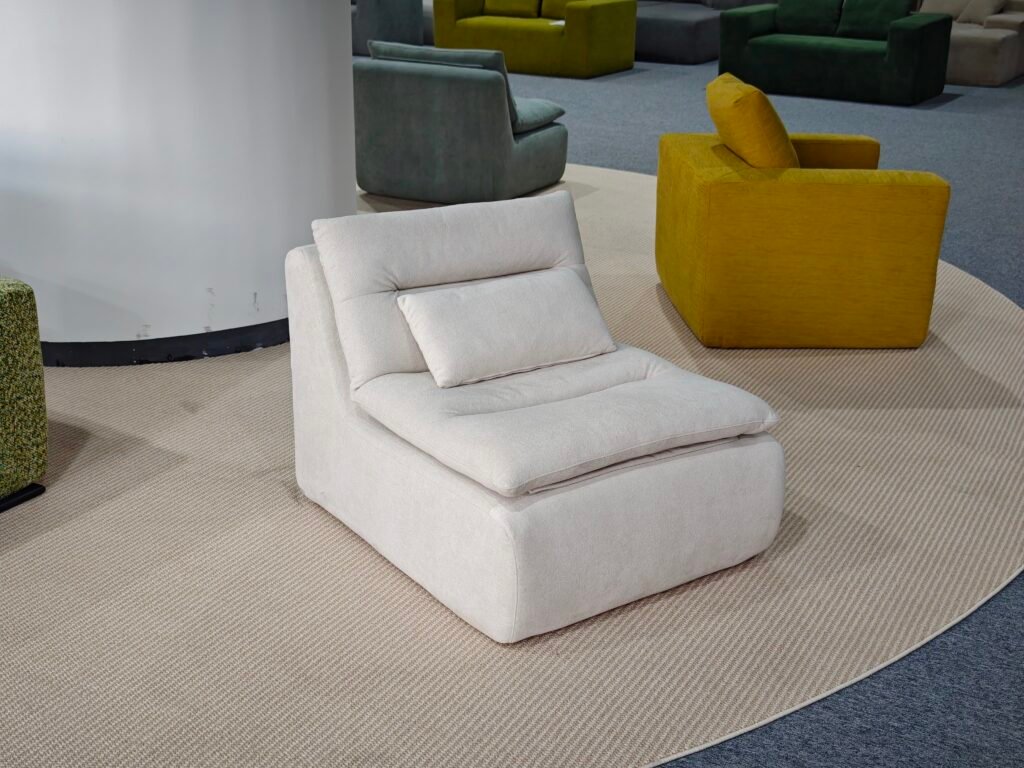
Introduction
In the B2B furniture sector, product design is far more than aesthetics—it’s a strategic lever that shapes how customers perceive a brand and ultimately influences their purchasing decisions. Much like the glass bottle industry, where design choices impact consumer trust, shelf appeal, and brand loyalty, compress sofa design plays a crucial role in the competitive furniture marketplace. For manufacturers, distributors, and retailers, understanding these design dynamics is essential for capturing market share and building lasting client relationships.
The Power of First Impressions: Visual Impact and Brand Positioning
Just as unique glass bottle shapes and finishes can make a beverage stand out on crowded shelves, the visual design of compress sofas—lines, proportions, fabric choices, and color palettes—directly affects how B2B buyers and end users perceive quality and value. A well-designed compress sofa signals innovation, attention to detail, and a commitment to customer experience, all of which are vital for premium positioning in catalogs, showrooms, and online platforms2.


Functionality and User Experience: Beyond Looks
Design is not just about appearance; it’s about how the product works in real-world settings. Compress sofas that feature intuitive assembly, modularity, and space-saving mechanisms appeal to B2B clients who prioritize operational efficiency and end-user satisfaction. Thoughtful design elements—like ergonomic support, easy-to-clean fabrics, and robust packaging—reduce post-purchase friction, enhance usability, and increase the likelihood of repeat orders.
Sustainability and Material Choices: Shaping Brand Perception
In today’s market, eco-friendly design is a powerful differentiator. Compress sofas made with recycled materials, low-VOC finishes, and sustainable packaging appeal to environmentally conscious buyers and help B2B brands align with global ESG trends2. This commitment to sustainability not only enhances brand reputation but also influences purchasing decisions, especially among retailers and developers with strict green procurement policies.
Customization and Differentiation: Meeting Diverse Market Needs
Offering customizable compress sofa designs—such as fabric options, branding elements, or modular configurations—empowers B2B clients to tailor products to their own customers’ preferences. This flexibility fosters deeper partnerships, increases perceived value, and helps furniture brands stand out in a crowded marketplace.


Emotional Connection and Storytelling
Design is a storytelling tool. The tactile feel of the fabric, the elegance of the silhouette, and the unboxing experience all contribute to an emotional connection with the product. For B2B brands, leveraging design to tell a story—whether it’s about heritage, innovation, or sustainability—can turn a simple sofa into a memorable brand ambassador, driving both initial sales and long-term loyalty.
Conclusion
Compress sofa design is a decisive factor in shaping customer perception and driving purchase decisions in the B2B furniture market. By prioritizing visual appeal, functionality, sustainability, and customization, brands can create compelling products that resonate with buyers and end users alike. In a market where design is synonymous with value, investing in thoughtful, innovative compress sofa design is key to long-term success and differentiation